Spanish Paprika vs. Smoked Paprika: A Flavorful Face-Off
Table of Contents
- Introduction: The Red Dust Revolution
- What Is Spanish Paprika?
- Smoked Paprika: Smoke Gets in Your Dish
- Head-to-Head: Spanish vs. Smoked Paprika
- Creative Uses in the Kitchen
- Buying Guide: How to Choose the Right Paprika
- Frequently Asked Questions
- Conclusion: Pick Your Paprika, Own Your Flavors
Introduction: The Red Dust Revolution
If your spice rack had a rockstar, it might just be Spanish paprika. And its cooler cousin? That’s smoked paprika. These two red powders might look similar, but their flavor profiles are anything but twins. Whether you’re roasting chicken, simmering stews, or grilling like a pro, choosing between these spices can elevate your cooking from “meh” to “magic.”
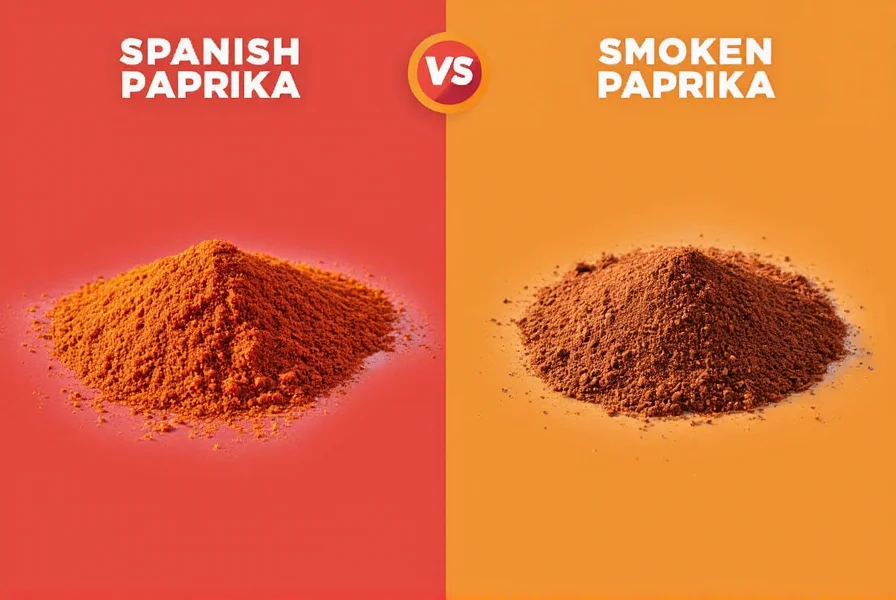
What Is Spanish Paprika?
Also known as pimentón de la Vera, Spanish paprika comes from dried and ground sweet peppers native to Spain. It's a staple in Spanish cuisine, particularly in dishes like paella and chorizo. Depending on how long the peppers are dried, you’ll find different varieties:
- Dulce – Sweet and mild
- Agridulce – Slightly bitter and tangy
- Picante – Spicy and fiery
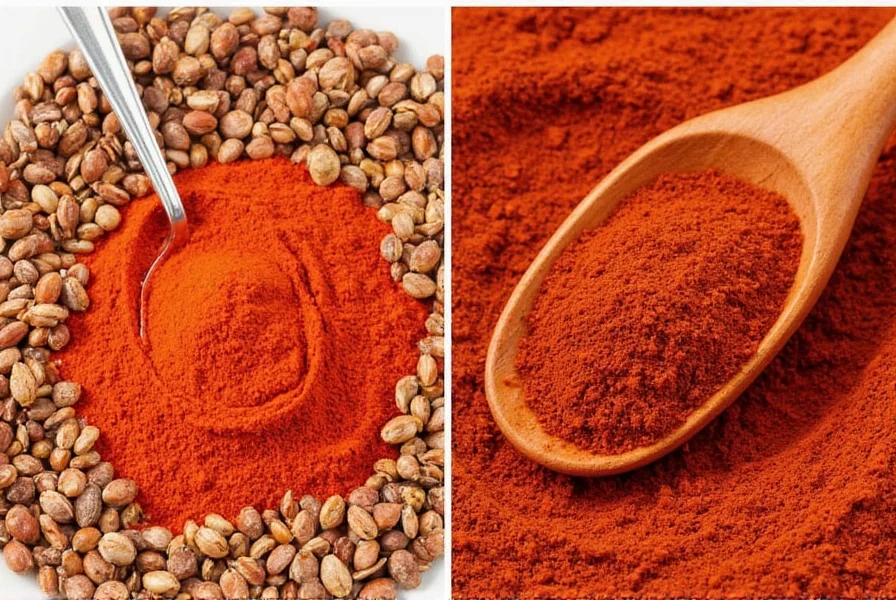
The Taste of Tradition
Spanish paprika is all about balance—earthy, fruity, and with a gentle sweetness that complements both meat and vegetables. It doesn’t just season food; it enhances texture and color too.
Smoked Paprika: Smoke Gets in Your Dish
As the name suggests, smoked paprika is Spanish paprika that’s been smoked over oak fires during the drying process. This gives it that unmistakable campfire aroma and deep, smoky flavor. Think of it as the bold, mysterious friend who always brings flair to the party.
Why Smoke It?
- Adds depth to grilled meats
- Enhances sauces and soups with richness
- Perfect for barbecue rubs and roasted veggies
Head-to-Head: Spanish vs. Smoked Paprika
Let’s break down the differences so you can pick the right one for your next culinary adventure.
| Feature | Spanish Paprika | Smoked Paprika |
|---|---|---|
| Origin | Spain (specifically La Vera region) | Same origin, but smoked during drying |
| Flavor Profile | Sweet, earthy, slightly peppery | Smoky, rich, complex with campfire notes |
| Heat Level | Mild to hot depending on variety | Same range, but heat blends with smokiness |
| Best For | Rice dishes, stews, marinades | Grilled meats, bbq, roasted potatoes, soups |
| Color | Bright red-orange | Deep crimson with brown undertones |
Creative Uses in the Kitchen
Here’s where things get exciting. Both Spanish and smoked paprika offer more than just a sprinkle here and there. Let’s explore some clever ways to make them shine:
Spanish Paprika Uses
- Season deviled eggs or potato salad
- Add to tomato-based pasta sauces
- Make a quick aioli by mixing with mayo and garlic
- Boost flavor in creamy polenta
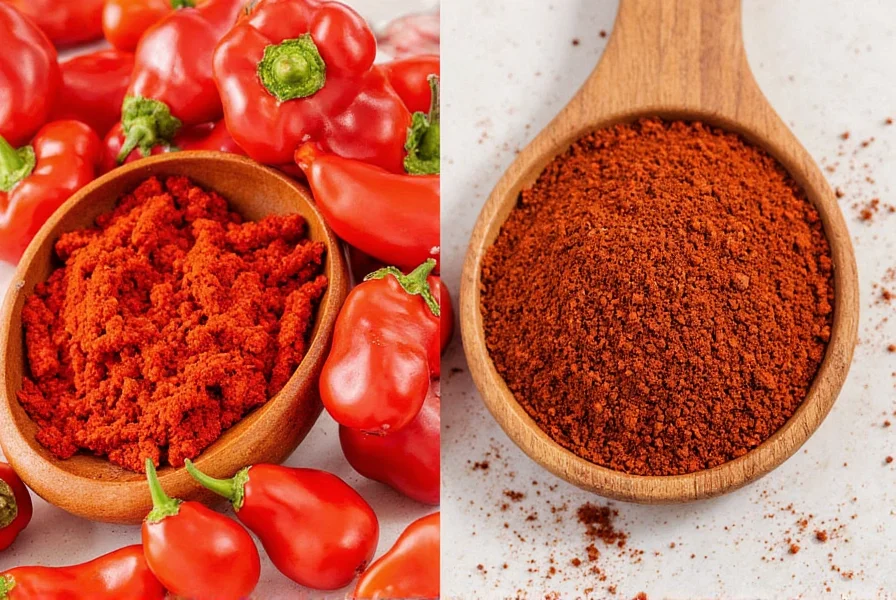
Smoked Paprika Uses
- DIY barbecue dry rubs for ribs or brisket
- Spice up roasted cauliflower or Brussels sprouts
- Kickstart chili con carne or bean soups
- Marinate tofu or tempeh for vegan dishes
Buying Guide: How to Choose the Right Paprika
Not all paprika is created equal. Here’s how to shop smart when picking between Spanish and smoked versions.
Top Picks for Spanish Paprika
- La Dalia Dulce – Mild and versatile, great for everyday use.
- Villa Real Pimentón de la Vera – A step up in quality, perfect for paellas.
Top Picks for Smoked Paprika
- Pimentón de la Vera Ahumado – Authentic Spanish smoked paprika, ideal for grilled dishes.
- McCormick Smoked Paprika – Affordable option with solid flavor, good for beginners.
Features to Look For
| Feature | Description |
|---|---|
| Certified Origin | Look for Pimentón de la Vera label for authentic Spanish product |
| Freshness | Buy small quantities and store in a cool, dark place |
| Packaging | Tin or glass jar is better than plastic bags for preserving flavor |
Use Cases & Occasions
- Spanish Paprika: Weeknight dinners, seafood, tapas
- Smoked Paprika: Weekend grilling, fall soups, holiday roasts
Frequently Asked Questions
Can I substitute Spanish paprika for smoked paprika?
You can, but the dish will lack that signature smoky flavor. To mimic it, add a pinch of liquid smoke or grill the dish afterward.
How long does paprika last?
Ground paprika typically lasts 2–3 years if stored properly. Whole dried peppers can last even longer.
Is paprika spicy?
It depends! Spanish paprika comes in mild (dulce), medium (agridulce), and hot (picante) versions. Smoked paprika follows the same heat scale.
Does paprika lose flavor over time?
Yes, especially when exposed to light or air. Always keep it in a sealed container away from heat sources.
Conclusion: Pick Your Paprika, Own Your Flavors
Whether you go for the classic charm of Spanish paprika or the dramatic flair of its smoky sibling, one thing’s for sure—you’re adding magic to your meals. From humble deviled eggs to show-stopping ribeye steaks, these spices have got your back.
So next time you reach for that red powder, ask yourself: Do I want elegance or smoke? Either way, your taste buds win.
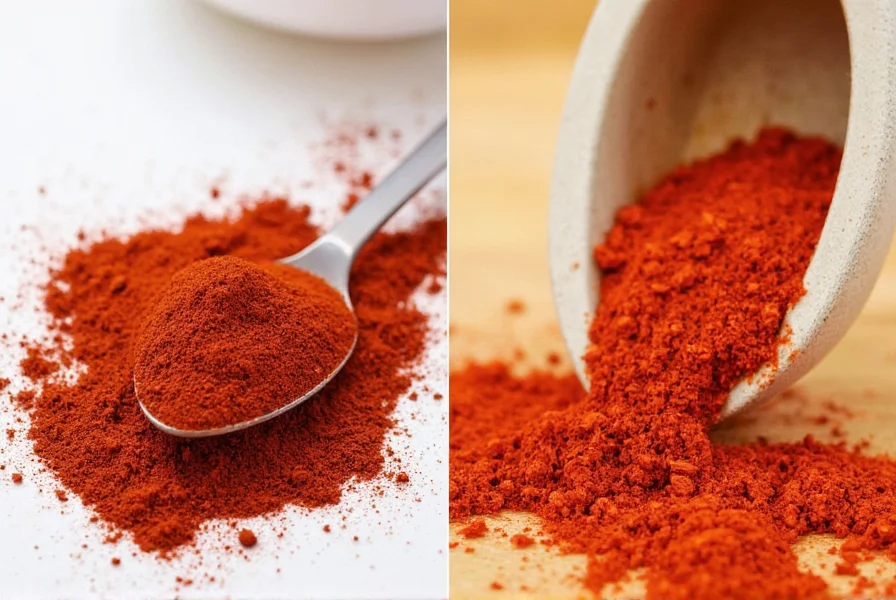

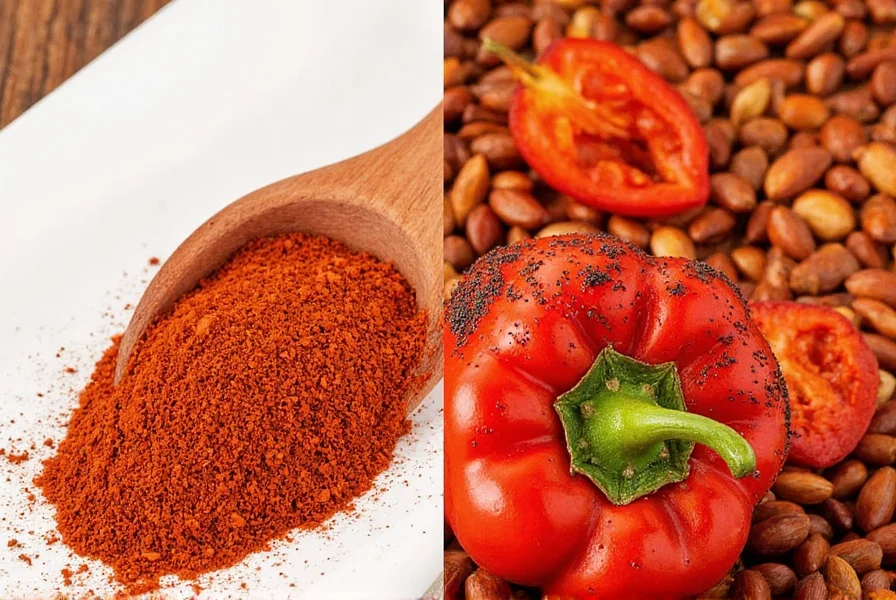









 浙公网安备
33010002000092号
浙公网安备
33010002000092号 浙B2-20120091-4
浙B2-20120091-4